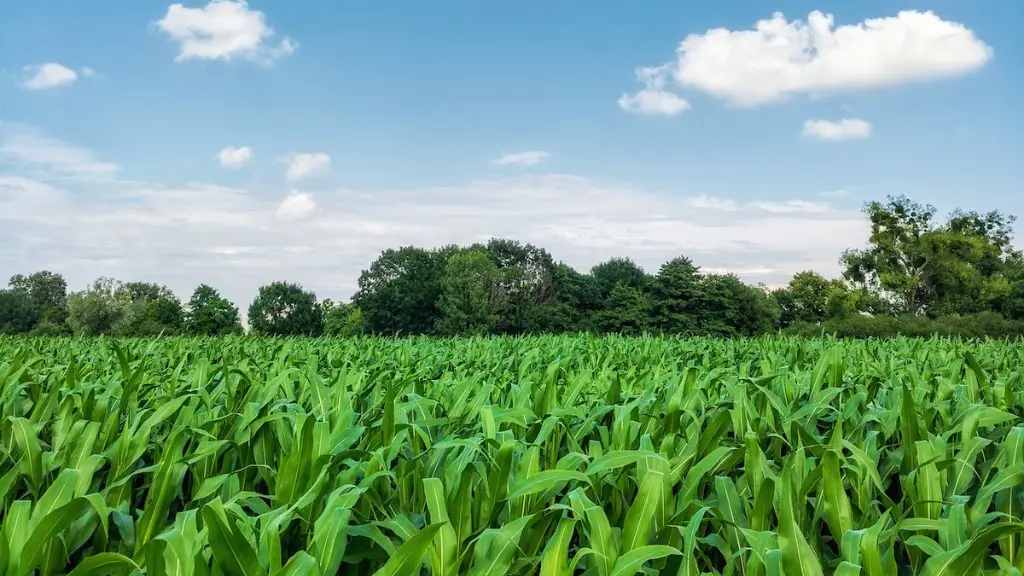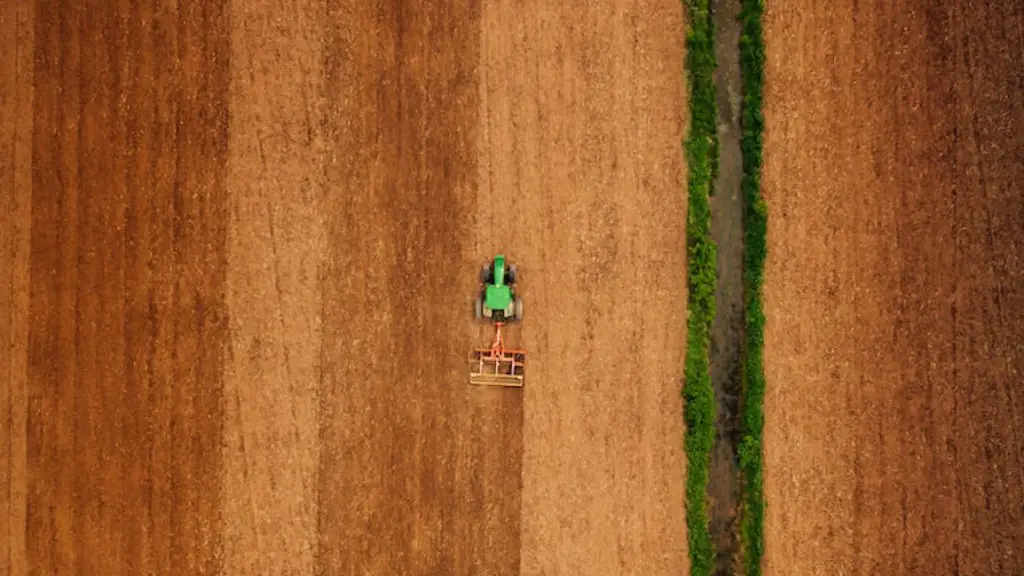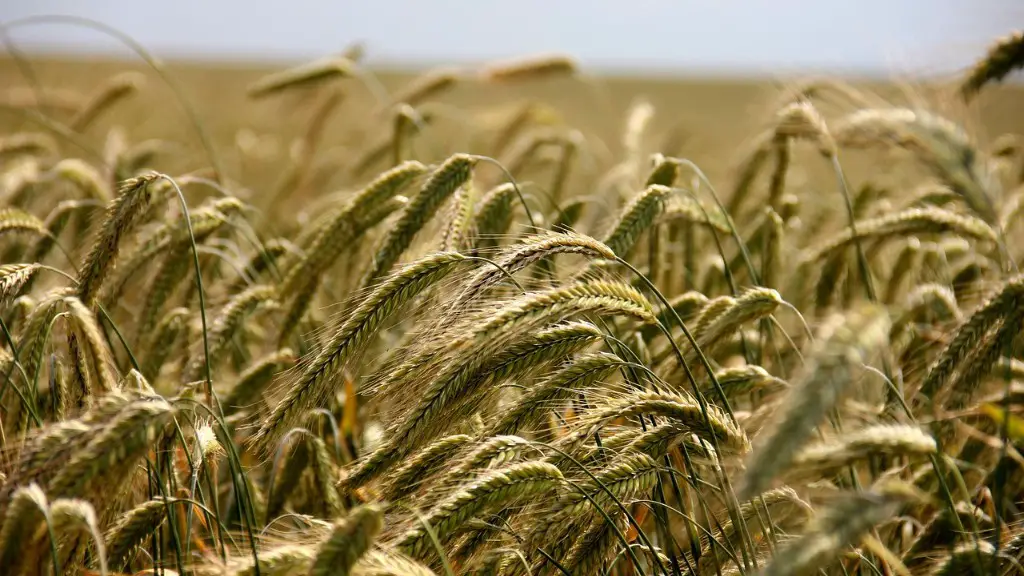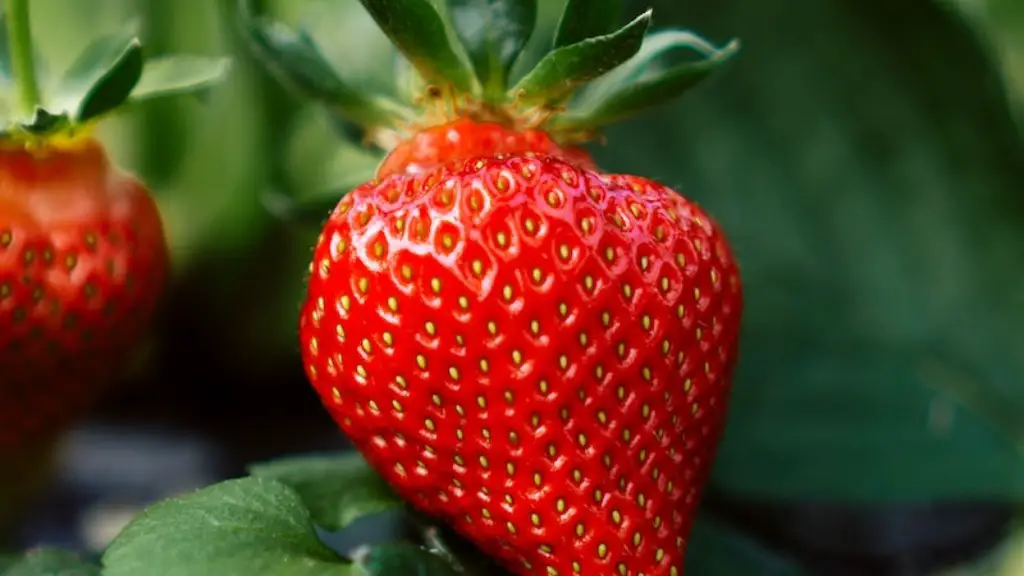Peri urban agriculture is an important form of land use and community development that enables cities to become more self-reliant and sustainable. It is the production of food and other plant-based products in and around urban areas with the aim of supplying local markets and reducing food miles. The spatial area within which peri urban agriculture takes place is termed the “peri urban interface”, which is the transition zone between the built environment of the city and the more rural landscape beyond it. This transition zone can be identified by the presence of residential dwellings, farming fields, and open landscapes that together form a unique mosaic of urban, peri urban and rural areas.
Peri urban agriculture takes place in the confines of city life and often employs traditional agricultural practices. These practices can include horticultural, smallholder harvesting and even agro-ecological techniques, being tailored to the needs of specific urban locations. Such techniques often involve using a variety of livestock, plants and trees in flexible crop rotations, integrated pest management, or a combination of these.
The main advantage of peri urban agriculture is its ability to reduce the reliance communities have on external sources of food. Not only does it promote food security, but it also contributes to other urban objectives such as improving the local environment, creating jobs and reinforcing social cohesion. It also facilitates education on sustainable production that can help prepare us for climate change.
Peri urban agriculture is also beneficial in terms of public health and diet. Access to healthy, fresh foods can help combat malnutrition and other diet-related illnesses. This is especially important as cities become increasingly dense in terms of population and land use.
In the last few decades, urban agriculture has grown to become more than just a trend. It is increasingly integrated into city infrastructure and is actively observed and practised in large cities like London and New York. With the growing awareness of environmental issues and calls to reduce food miles, urban farming is increasingly seen as a viable and necessary agricultural activity.
organic approaches
Peri-urban agriculture can also be practised using organic approaches, typically involving natural methods of production, such as agroecological alternatives. Such approaches often involve the avoidance of agrochemicals and instead use techniques that are reliant on natural inputs and the integration of agrobiodiversity.
Organic approaches of peri-urban agriculture have been adopted in a number of cities, such as Rome, Shanghai, and Seoul. This is often due to urban planner’s attempts to improve soil health and reduce the risk of environmental contaminants entering the food chain, as well as promote public health benefits. Organic approaches to urban farming often involves the implementation of soil management practices such as composting, cover cropping and crop rotation.
Organic approaches to urban farming are often favoured by those looking to mitigate environmental risks associated with the production of food. As such, organic methods of production are usually linked with higher food safety and public health standards. Organic approaches to peri-urban agriculture may also be linked with greater food availability in cities, helping to serve the often more deprived communities living within these areas.
Organic production techniques are becoming increasingly available and accessible in cities, mainly due to the growing awareness of the detrimental impacts of agrochemicals and the vulnerability of urban environments. The use of such approaches in urban and peri-urban settings also has socio-economic benefits too, such as increased employment and economic opportunities for marginalised communities.
Water Management
The management of water is an essential consideration when engaging in peri urban agriculture, and this will vary depending on the local context and needs of the community. Generally speaking, peri-urban settings often lack access to adequate sources of water and this can be a major barrier to successful food production.
In some cases, where access to a stable water supply is unattainable, alternative methods of irrigation may be considered, such as rainwater harvesting or fog nets. Such methods require careful installation and maintenance, as well as an understanding of the local environment and weather conditions, both of which can often help to improve the efficiency of water management.
In other cases, access to a consistent water source may be accessed by installing low-tech, low-cost water storage technologies, such as tanks and vessels. This can secure a reliable source of water for the purpose of irrigation, while at the same time, reducing the amount of water wastage. Additionally, water management practices such as aquaculture can help to make use of water sources more efficiently, while also producing additional crops and providing food security.
Finally, access to technology such as hydro-powered pumps and drip irrigation systems can help to reduce the amount of labor needed for irrigation, allowing more time to focus on other areas of production and increasing the potential for crop yields.
Urban Green Spaces
Urban green spaces can play an important role in the success of peri urban agriculture, as they provide an opportunity for farmers to grow their produce in an often safer and more easily accessible environment. Such green spaces have also been shown to benefit urban ecosystems, by creating a better environment for biodiversity and improving air and water quality.
In many instances, local authorities or private organisations have adopted strategies to conserve or repurpose unused or neglected urban green spaces, in order to create community gardens or farms. Such practices are often encouraged in inner city or densely populated urban environments, in order to use unproductive land space more productively and increase the supply of locally available, fresh produce.
The use of public green spaces has also been strongly encouraged by the ‘green cities’ movement, given its potential to promote public health and wellbeing. Such practices also provide potential educational opportunities, by allowing people to understand sustainable food production and become familiar with endemic species of plants, fungi and animals.
Urban green spaces can also provide an important source of income for impoverished city dwellers, by allowing them to practice urban agriculture or undertake enterprise activities such as the sale or exhibition of the goods produced from such projects. As such, urban green spaces can both help to increase food security and contribute to the betterment of communities, by providing opportunities for poverty alleviation and other economic empowerment initiatives.
Urban Farming Technology
Urban farming technology is a key component for the success of peri-urban agriculture, given its ability to improve the efficiency of production and increase the food security of urban communities. Such technology includes a range of different innovations, from low-tech manual cultivation tools to automated systems that allow the management of entire farms remotely.
Urban farming technology can often help to reduce the need for manual labor and free up more resources to focus on other areas of production, such as on-site marketing and product packaging. Additionally, such technology can also help to increase the potential of peri-urban agriculture as a business, by improving the efficiency of crop production and allowing for diversification into other areas such as aquaponics and urban beekeeping.
The use of technology also has potential to increase access to a wider range of crops and products, due to the increasing availability of urban farming kit, such as hydroponic growing systems and automated greenhouses. The use of such newer technologies can also helps to educate people on the use of sustainable production methods, such as climate-smart farming and waste-reducing irrigation methods.
The use of urban farming technology has also been associated with increased economic prosperity, due to the potential to diversify into a range of areas, from direct-market sales to the use of online platforms. Technologies such as cloud-based inventory systems can help to improve the logistics and reduce wastage, allowing for a more efficient, market-oriented management of the entire production process.
Conclusion
Peri-urban agriculture is an important form of land use and community development that can enable cities to become more self-reliant and sustainable. It involves the production of food and other plant-based products and is often employed in traditional agricultural practices, tailored to the needs of specific urban locations and can include horticultural, smallholder harvesting, and agro-ecological techniques. Organic approaches and water management are essential considerations when engaging in peri-urban agriculture, while urban green spaces and urban farming technology are key components for its success.





